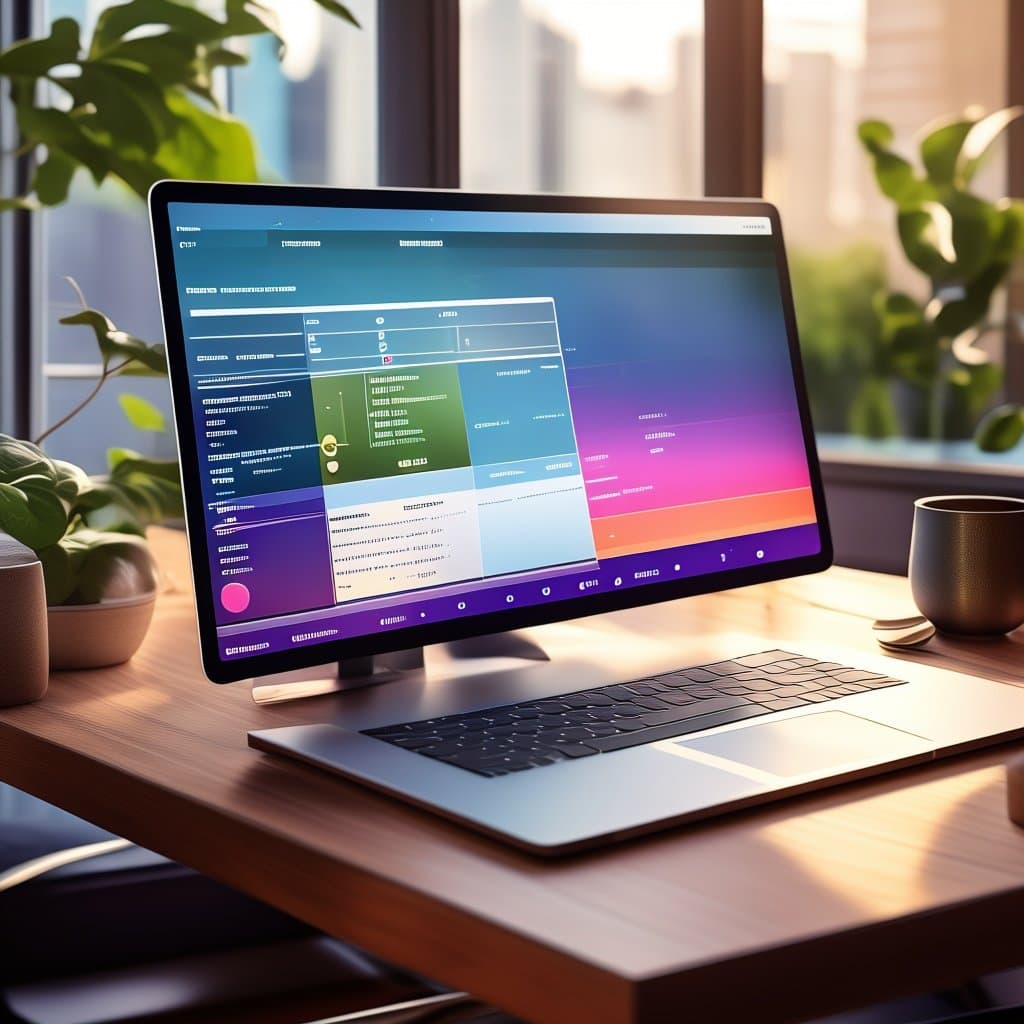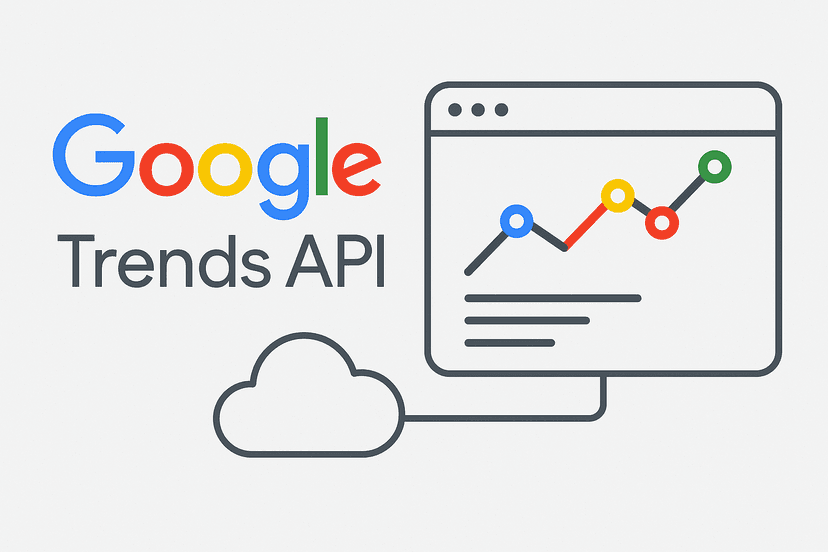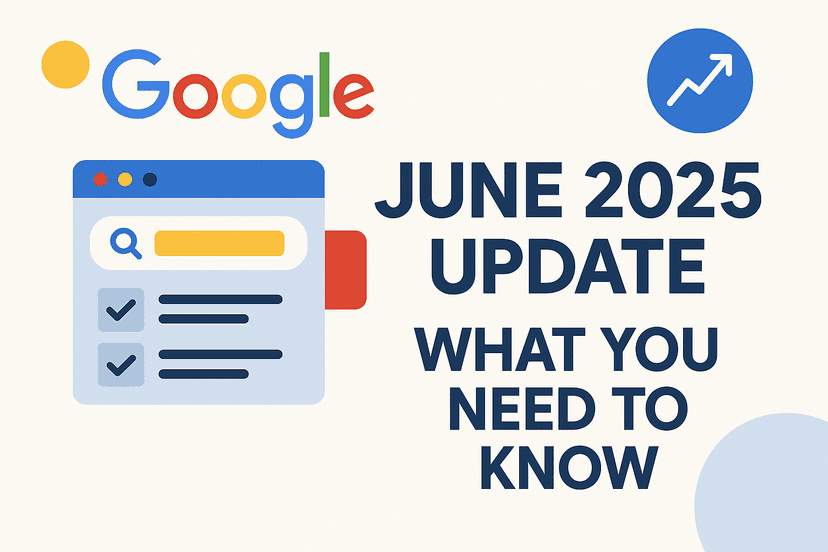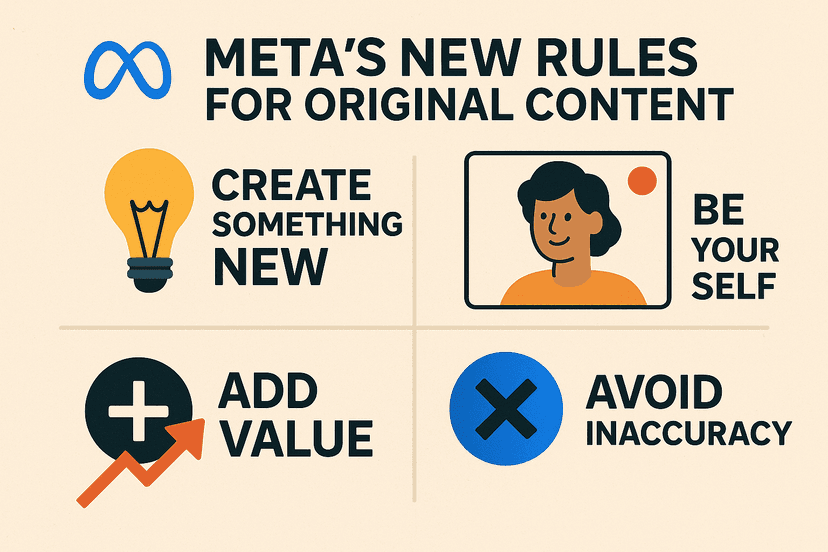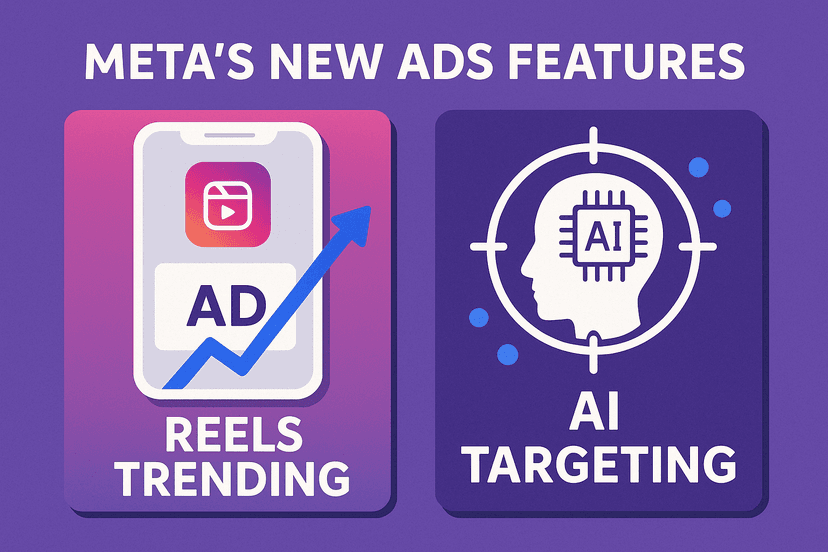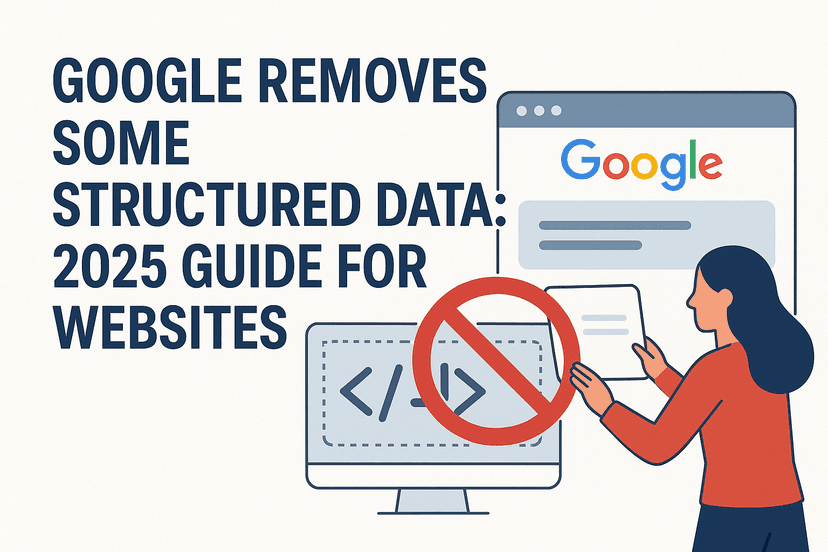In today’s digital landscape, search engine optimization (SEO) has become the cornerstone of online success. With Google processing more than 16.4 billion searches per day and search contributing around 68% of all trackable website traffic, the importance of a solid SEO strategy cannot be overstated.
As Greg Bernhardt, an SEO strategist at Shopify, puts it: “SEO is an excellent form of inbound marketing, where the consumer has a need and finds you for the solution. SEO is about positioning your web content to communicate the relevance and value of your offering to search engines, who can then better pair the search they receive with the solution you offer.”
But how exactly do you optimize your website for SEO? Whether you’re running a blog or an online store, this comprehensive SEO checklist will guide you through the entire process, helping you climb the search engine results pages (SERPs) and drive more organic traffic to your website.
Why SEO Matters for Your Business
For your business to succeed in the digital world, you need to get your website as high up on the search engine results page as possible. Consider this: the first result for a given Google search gets 27.6% of all clicks in 2025. While it may take time and consistent effort, even new sites can rank on Google with the right SEO strategy.
SEO Basics Checklist
Simply buying a domain and setting up a website doesn’t make that site SEO-ready. Here’s a basic SEO checklist to get you started on the right foot.
1. Set up Google Search Console
Google Search Console is a free tool that allows website owners to monitor their site’s organic Google traffic, track search performance, and discover issues that could prevent their site from ranking. To get started:
2. Set up Bing Webmaster Tools
While Google dominates the search market, Bing still captures a significant portion of searches. Bing Webmaster Tools is a free Microsoft service that lets you add your store to the Bing crawler:
- Open a free Bing Webmaster account by going to the signup page
- Add and verify your website to appear in Bing search results
- Use the tools provided to monitor your site’s performance in Bing
3. Submit a Sitemap
A sitemap tells Google and other search engines about your site’s organization. It’s essentially a roadmap that helps search engines discover and index all the pages on your website:
- All Shopify stores automatically generate a sitemap file, which lists your website’s individual pages
- If you’re using WordPress, install the Yoast SEO plugin to create a sitemap
- Shopify store owners can access their sitemaps through www.yourstore.com/sitemap.xml
- Submit your sitemap to Google through Search Console, and to Bing through Webmaster Tools
4. Set up Google Analytics
Google Analytics shares data about how visitors interact with your website. Once installed, you can segment overall visitors to monitor how they engage with your website after arriving through a search engine:
- Set up a Google Analytics account and add your web property
- Add a data stream by inserting the Google tag ID into your CMS-hosted website
- Start tracking important metrics like bounce rate, session duration, and conversion rate
5. Check that Your Site is Indexed
Your website needs to be indexed by a search engine to appear in search results. To check if your site is indexed:
- Perform a site search (i.e., site:yourdomain.com)
- If nothing shows up, your site isn’t indexed yet
- Remember that indexing can take a week or more after submitting the sitemap
- Keep in mind that Google can’t crawl or index password-protected pages
- Stores running on a free Shopify trial are crawled and indexed, but you must upgrade to a paid plan after the trial or your store will be deindexed
6. Consider SEO Tools
Keeping up with algorithm changes, rankings, and competitor keywords is challenging but necessary for online businesses. Consider using these tools to streamline your SEO efforts:
Paid SEO tools:
- Moz: A lower-cost option that offers a full SEO marketing suite, including great keyword research tools
- Ahrefs: A complete SEO tool suite for audits, research, tracking, and more
- Semrush: Another comprehensive SEO tool for tracking keywords, exploring competitor sites, and more
- KeySearch.co: An inexpensive tool for simple keyword research
Free SEO tools:
- Surfer Chrome plugin: Generates free search data and content guidelines
- Keyword.io: Offers free keyword suggestions
- Screaming Frog: For finding crawl errors on your site
- MozBar: For on-the-go SEO research
- Google Ads Keyword Planner: For searching keywords for ad campaigns
Keyword Research Checklist
Keyword research uncovers the words and phrases your target audience is searching for. Here’s how to find the right keywords to target on your website:
7. Conduct Keyword Research
Use keyword research tools from Moz, Ahrefs, or Semrush to identify which words your target customers use when searching for products or services like yours:
- Start with a seed keyword (e.g., “best gifts for moms” if you’re selling gifts)
- These tools will present you with a list of related keywords
When shortlisting keywords, pay attention to:
- Search volume: How many people search for the keyword each month
- Keyword difficulty: How easy it will be to rank for your chosen phrase (typically scored out of 100)
- Commercial viability: Does the keyword match what you’re selling?
8. Analyze Competitors’ Keyword Rankings
You can learn a lot about SEO from competitors who’ve already done the background research to identify keywords:
- Enter your competitor’s URL into an SEO tool like Semrush or Moz
- Review the list of keywords that your competitors are ranking for
- Note which position each URL sits at for the corresponding keyword
- Identify opportunities to target keywords where competition is less fierce
9. Map Search Intent for Each Keyword
Now that you’ve got a list of keywords to target, it’s time to map them to search intent:
- Shortlist phrases your target audience is most likely to search for
- Determine the search intent for each keyword (informational, navigational, commercial, or transactional)
- Map keywords to content types (product pages, categories, blog posts, homepage)
For example, an aromatherapy shop might create:
- A collection page for citrus essential oils (lemon, lime, grapefruit)
- Another collection for essential oil bottles (glass, roller, spray)
- Articles targeting long-tail keywords related to questions about essential oils
On-page SEO Checklist
On-page SEO means optimizing individual pages on your website with the aim of increasing their search visibility. Follow this checklist to ensure your webpages are maximally optimized:
10. Optimize Heading Tags
Heading (H1) tags are the main headline for a page and usually contain the page’s main keywords:
- Include just one H1 tag per page
- Make sure your H1 contains your primary keyword
- For example, a product called “Lemon Drop Bliss” might have an H1 of “Lemon Essential Oil”
- Note that Shopify page titles are the default H1 tag for pages created through Shopify
11. Write Compelling Title Tags
Title tags—the blue clickable links that appear in the SERP—need to convince users to visit your page over the other options:
- Write compelling page titles for humans, not just search engines
- Keep your title tag less than 60 characters (40-60 characters have the highest click-through rate)
- Include your main keywords near the beginning
- Clearly describe the content on the page and make it interesting enough to click
12. Optimize Your Meta Description
A meta description is the small snippet of text that appears below your title tag in the SERP:
- Clearly describe the content on the page
- Make it compelling enough to encourage clicks
- Include your target keywords at the beginning of your meta description
- Aim for 155-160 characters, as longer descriptions may get truncated
13. Include a Keyword in Your Page URL
A URL tells search engines about the content on your page. Best practices include:
- Make URLs readable (e.g., https://yourdomain.com/pink-socks)
- Use hyphens, not underscores (e.g., https://yourdomain.com/pink-socks)
- Include target keywords (e.g., https://yourdomain.com/mens-yellow-socks)
- Keep URL structures simple and easy to understand
If you need to change a URL structure, set up redirects from the old URL to the new one to preserve SEO value. Shopify usually does this by default.
14. Write Descriptive Alt Text for Images
To ensure your photos appear in image results and make your site more accessible:
- Name each image file something descriptive (not “83798.jpg”)
- Write descriptive alt text explaining the picture
- This helps search engines understand image content and makes it accessible to people who are blind or visually impaired
15. Add Schema Markup
Schema markup helps Google understand your website content by structuring data so page information can appear directly in SERPs:
- This can increase click-through rates and website traffic
- Shopify automatically generates product schema for merchants
- Apps like Judge.me can collect customer reviews and display an aggregate rating
- Consider consulting a website developer for more complex schema implementation
Content Checklist
As Jake Munday, co-founder of Custom Neon, says, “Relevant, interesting, useful, or even fun content on your site actively encourages visitors to hang around longer, ultimately helping to improve search engine rankings.”
16. Create a Content Marketing Strategy
Developing a full-fledged content marketing strategy takes time, so prioritize starting with your product and collection pages:
- Consider where your audience is (Google, TikTok, Reddit, Instagram, YouTube, etc.)
- Brainstorm customer questions about your products or product category
- Use keyword research tools to match questions with search terms
- Create content that helps customers get more value out of your products
17. Format Content for Readability
Make it easy for readers to find what they need:
- Add a table of contents with jump links
- Use multimedia such as infographics, videos, or charts to break up text
- Break up sections using bullet points
- Use Hemingway to diversify short sentences and paragraphs
- Add subheadings to help readers scan
- Include an FAQ section
While longer content tends to rank better (the average Google top 10 result contains 1,447 words), quality is far more important than quantity. Don’t add fluff just to increase word count.
18. Fix Duplicate Content
Duplicate content makes it difficult for search engines to determine which page to rank:
- Write original product descriptions instead of using manufacturers’ descriptions verbatim
- All content on your website should be original and unique
- If you can’t avoid duplicate content on dynamic pages, use canonical URLs to tell Google which page to prioritize
- Use noindex and nofollow tags to tell Google not to index specific pages
19. Create Specialized Collection Pages
A landing page is a single URL that covers one topic in great depth:
- Organize information and streamline how readers find what they want
- Optimize these pages for keywords and format to improve SERP placement
- Consider creating product collections optimized for low-difficulty keywords
- Create backlinks for these collections and internally link to them from blog posts to establish topical authority
Technical SEO Checklist
Technical SEO ensures a good user experience for your readers and accessibility for search engine crawlers:
20. Create an Internal Link Strategy
Internal linking involves linking from one page to another within your own website:
- Link pages of specific topics to other pages with relevant content
- This helps search engines recognize your topical authority and categorize your content
- For ecommerce stores, show related products when a visitor is on your product pages
- For blogs, internally link to pieces that dive deeper on a specific topic
- Ensure every page on your site is accessible from your homepage or within a few clicks
21. Optimize Anchor Text
Anchor text is the clickable text over a link. Search engines use this to understand the context of the page link:
- Diversify your strategy with a balance of anchor text types
- Use exact match (e.g., “blogging tools”)
- Include partial match (e.g., “small business blogging tools”)
- Add related terms (e.g., “tools for bloggers”)
- Incorporate branded terms (e.g., “Shopify blogging tools”)
- Consider page titles (e.g., “Best blogging tools for 2025”)
22. Build a Global Navigation Menu
Your website’s navigation holds the most important links in your online store:
- These links tell visitors which pages are important
- For SEO, navigation links tell crawlers the important pages on your site
- Common types include single-bar navigation, double-bar navigation, and dropdown navigation
- Link to your most important collection pages and popular products
23. Check if Your Store is Mobile-friendly
Mobile responsiveness is crucial for SEO:
- If your pages load slowly or your site isn’t mobile responsive, Google is less likely to recommend your website
- All pages need to be readable on mobile and desktop
- Test your website on multiple devices and browsers
- Ask friends and family to check your site on their smartphones and provide feedback
24. Ensure Your Store is Fast
Site speed is a ranking factor for both desktop and mobile searches:
- Run your site through PageSpeed Insights to get Google’s recommended performance-enhancing tweaks
- Compress images to reduce load time
- Minimize unnecessary scripts and plugins
- Consider using a content delivery network (CDN)
- Optimize your server response time
25. Fix Broken Links
Search engines index websites through bots that “crawl” a website and its pages:
- Use Google Search Console to check for crawling errors or broken links
- When a page becomes inactive, redirect it to another relevant page on your site
- This prevents visitors from ending up on dead links and preserves SEO value
26. Improve Your Core Web Vitals
Google Core Web Vitals (CWV) measure the user experience of your website:
- Largest Contentful Paint (LCP): Measures loading performance (should occur within 2.5 seconds)
- First Input Delay (FID): Measures interactivity (should be less than 100 milliseconds)
- Cumulative Layout Shift (CLS): Measures visual stability (should be less than 0.1)
A good ecommerce platform can help manage content delivery and improve Core Web Vitals. Shopify stores are reportedly 1.8 times faster than stores on other platforms.
Off-page SEO Checklist (Link Building)
When another website links to yours, it tells Google that the linking website trusts your website. This builds domain authority—a key metric in how competitive your website is when trying to rank for certain keywords.
27. Analyze a Competitor’s Backlink Profile
Tools like Moz’s Link Explorer and Ahrefs Site Explorer let you explore your competitors’ off-page links:
- Determine why these sites linked to your competitors
- Identify what made their pages worthy of a link
- Look for trends you can apply to your site
- Create content that appeals to potential backlink partners
28. Write Guest Posts
One of the best ways to build backlinks is through partnerships:
- Identify potential partners who could provide value to your audience
- Search for websites seeking external contributors
- Find guest posting opportunities using search terms like “[niche] + ‘write for us'” or “[niche] + ‘contribute'”
- Provide valuable content in exchange for backlinks
29. Secure Press Mentions
Journalists are always looking for news to cover:
- Enter awards or competitions
- Distribute press releases
- Promote a social cause
- Send product samples to writers
- Respond to journalist requests through platforms like Qwoted or Help a B2B Writer
30. Reclaim Brand Mentions
If your brand is already getting mentioned online:
- Use a brand monitoring tool to find “unlinked” mentions
- Politely ask the writer or publication to convert the mention into a link
- Set up alerts for new brand mentions
- Ahrefs offers this feature within its Content Explorer
Local SEO Checklist
If you have a brick-and-mortar business, local SEO is essential for helping customers in your area discover your retail locations:
31. Set up a Google Business Profile
Google Business helps customers find you across Google Search and Maps:
- Go to the signup page and enter basic information about your business
- Include your business name, category, location, and contact details
- Optimize your Google Business page with photos, business hours, and services offered
32. List Your Store on Major Directories and Platforms
Web directories can improve your website’s searchability:
- Apple Maps
- Google My Business
- LinkedIn Company Directory
- Bing
- Yelp
- Better Business Bureau
- Foursquare
- Yellow Pages
- Angi (formerly Angie’s List)
33. Fill Out Your Contact Us Page Thoroughly
Your Contact Us page builds trust and attracts local customers:
- Include your name, address, and phone number
- Keep information consistent across all platforms
- Update the page with any changes to hours or location
- Include an embedded map if possible
34. Consider City-specific Landing Pages
If you have physical locations in multiple cities:
- Create unique landing pages for each region
- This makes it easier to rank for individual market areas
- Develop location-specific copy for each landing page
- Avoid creating barebones, unhelpful pages that might trigger Google penalties
Ecommerce SEO Checklist
For online stores, SEO is one of the most sustainable ways to drive potential customers to your website:
35. Optimize Product Descriptions
Product descriptions communicate your products’ value:
- Write unique SEO copy for each product page
- Include variants in your descriptions
- Use bullet points, highlighted text, and heading tags to improve readability
- Include long-tail keyword variations (e.g., “cotton leopard print jeans,” “ladies leopard print jeans”)
36. Collect Customer Reviews
Reviews build credibility and trust:
- Make a conscious effort to collect and display customer reviews on product pages
- Show Google and potential buyers that your products are genuine and well-received
- If you’ve added schema markup, review ratings can appear in the SERP
- Use apps like Yotpo or Judge.me to automate the review collection process
37. Add High-quality Product Visuals
Visual content can drive traffic through image search:
- Upload high-quality product visuals including videos, pictures, and GIFs
- Compress image file sizes to maintain fast load speeds
- Name files appropriately with descriptive, keyword-rich filenames
- Consider using a content delivery network (CDN) to ensure fast load speeds
Advanced SEO Checklist
SEO is constantly evolving. Here are some advanced tactics to stay ahead of the competition:
38. Optimize for Zero-click Searches
More than half of Google queries are now “zero-click” searches:
- These include featured snippets, AI Overviews, and “People Also Ask” sections
- Format your content to appear in these SERP features
- Use schema markup to help Google uncover answers to direct questions
- Share helpful, well-structured content that answers common questions
39. Configure SEO Reporting Dashboards
Monitor key performance indicators (KPIs) to track your SEO progress:
- Organic traffic
- Search visibility
- Keyword rankings
- Create dashboards to visualize this data and identify opportunities
- Set up regular reporting to track changes over time
40. Use AI to Scale Content Creation
AI tools can help with content creation:
- Use tools like Shopify Magic, Jasper, or ChatGPT for first drafts
- Create product descriptions, blog post introductions, or content outlines
- Remember that Google allows AI-generated content so long as it’s relevant, useful, and helpful
- Don’t rely too heavily on AI—the brands that create unique, valuable content will stand out
Bonus SEO Tips
Looking to get even more results from your SEO strategy? Here are three bonus tips:
41. Invite Influential Creators to Produce Content
Google’s E-E-A-T (experience, expertise, authority, and trustworthiness) measures content creators’ credibility:
- Invite third-party experts to contribute to your content
- Consider people with professionally recognized qualifications
- Look for contributors with substantial social media followings in your industry
- Seek experts with bylines in relevant publications
42. Diversify Content Formats
Search engines reward sites that format information in a way that’s easy for customers to digest:
- Experiment with different content formats beyond text
- Consider adding images, videos, infographics, and podcasts
- Google pulls different content formats into the main search results page
- Meet your audience where they are with the formats they prefer
43. Improve the User Experience
Always consider the connection between user experience and search optimization:
- As search technology improves, user experience becomes increasingly important
- The easiest way to please a search engine is to please the people who use it
- Focus on creating a website that’s easy to navigate, quick to load, and valuable to users
Conclusion: Putting Your SEO Checklist into Action
While search technology continues to evolve, one thing remains consistent: the fundamental reason why people search. Users turn to search engines to discover things they want or recall things they’ve seen. The only timeless SEO strategy is to provide searchers with exactly what they’re looking for.
The vast majority of what we’ve included in this SEO checklist—fast-loading websites, interesting content, clear page descriptions—are elements that make searchers’ lives easier. By focusing on delivering value to your audience, you’ll naturally align with what search engines are trying to accomplish.
Remember that SEO is not a one-time effort but an ongoing process. Start with the basics, measure your results, and continuously refine your approach. As you implement the items on this checklist, you’ll be well on your way to improving your website’s visibility in search results and driving more organic traffic to your business.
SEO Checklist FAQ
What is an SEO checklist?
An SEO checklist is a list of optimizations you can perform to increase your website’s chances of ranking in search engines.
How often does SEO need to be done?
SEO is an ongoing marketing process. Websites constantly need to be refreshed and re-optimized to meet search intent, prove relevance to Google, and target keywords your audience is searching for.
What are the requirements for SEO?
- Responsive website design
- Fast loading speeds
- Secure HTTPS domain
- High-quality content
- Demonstrated authority
Can I do SEO myself?
Yes. Content management platforms like Shopify and WordPress, and the SEO plugins that integrate with them, make it easy to DIY your SEO approach.
How do I rank a new website on Google?
- Submit a sitemap through Google Search Console
- Set up Google Analytics
- Produce high-quality content
- Build internal links
- Secure external links
- Optimize images with descriptive alt text
- Include keywords on product pages
- Write optimized blog content
- Add Schema markup
- Make your site mobile friendly
- Optimize anchor text
- Build a global navigation menu
- Configure SEO reporting tools.
